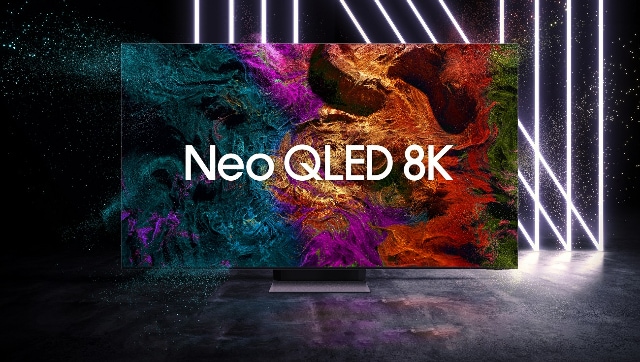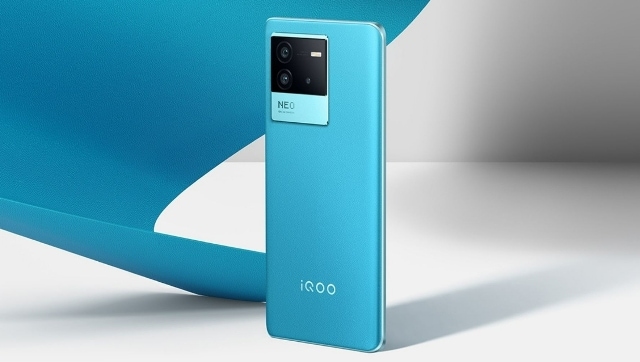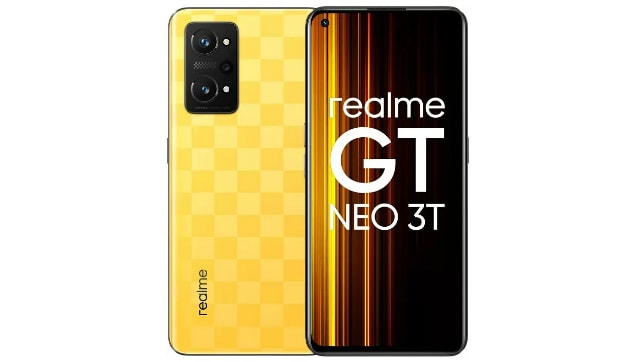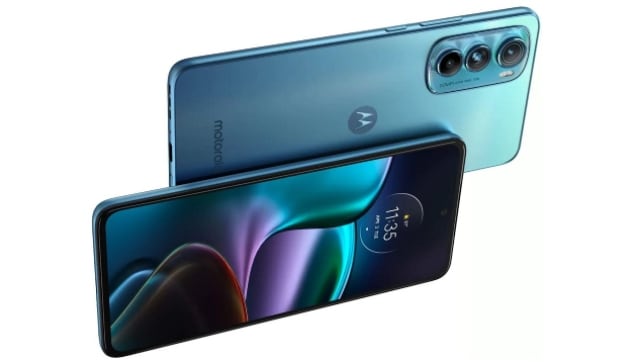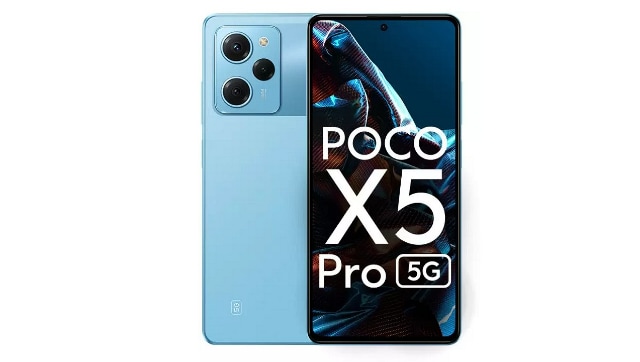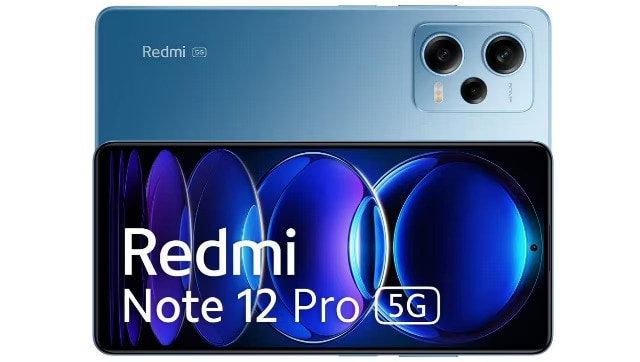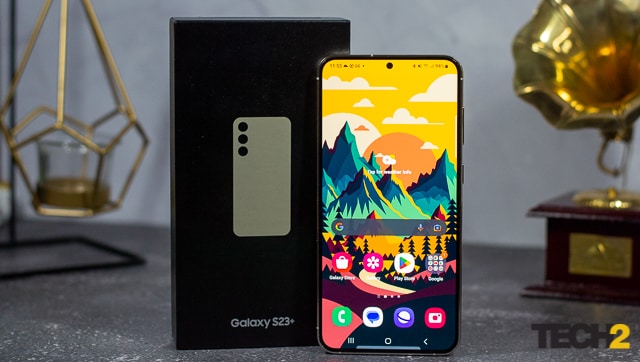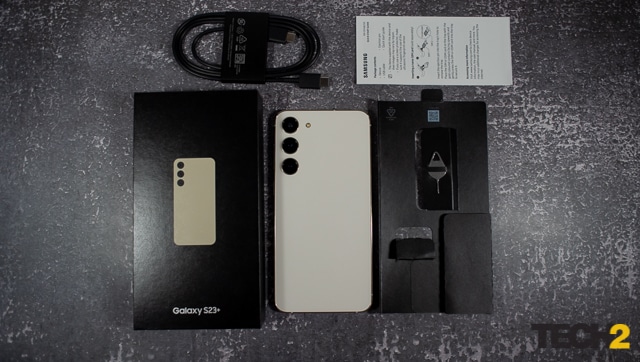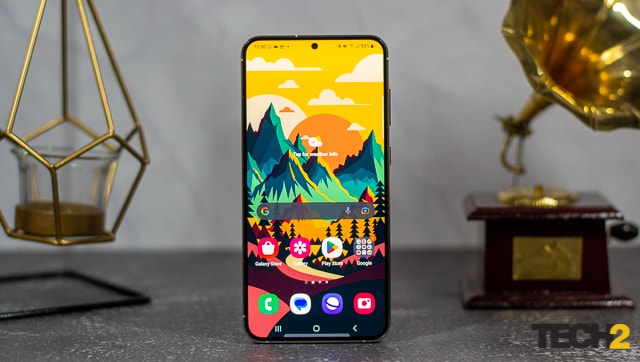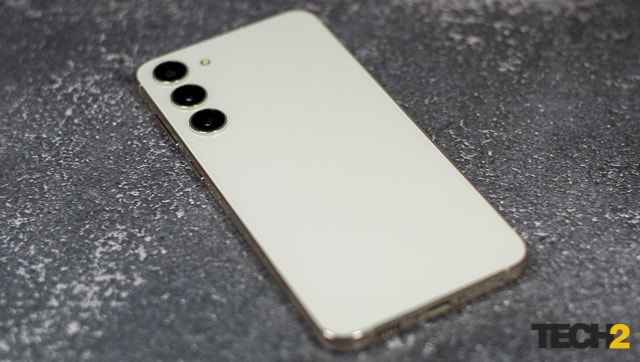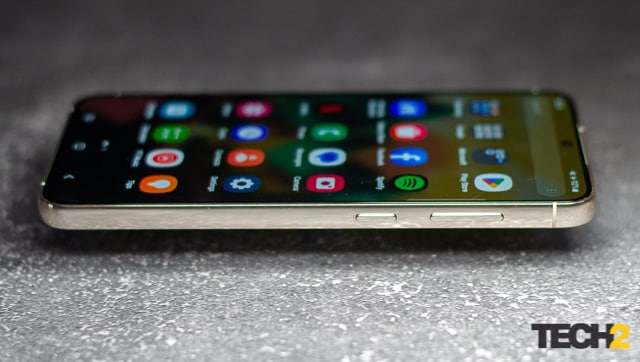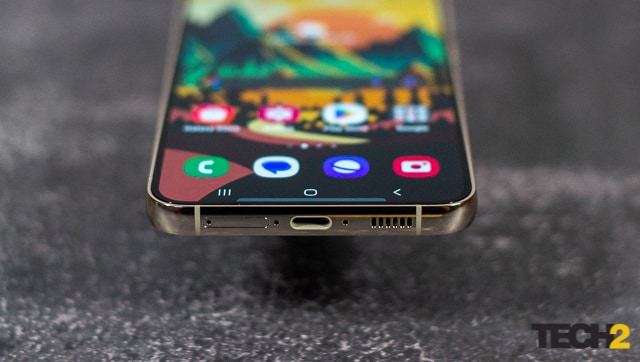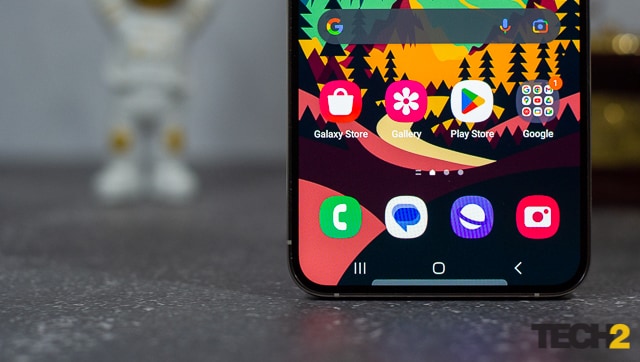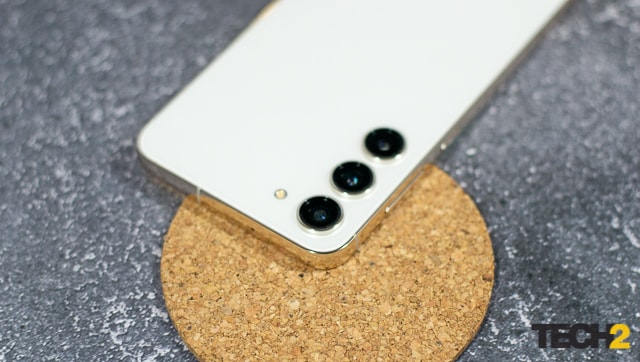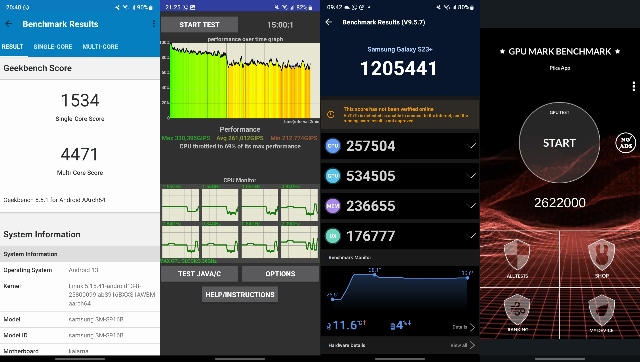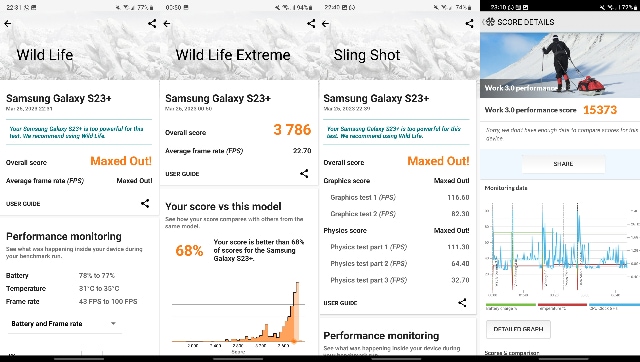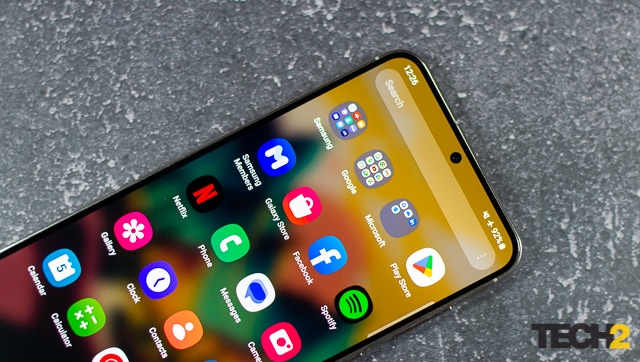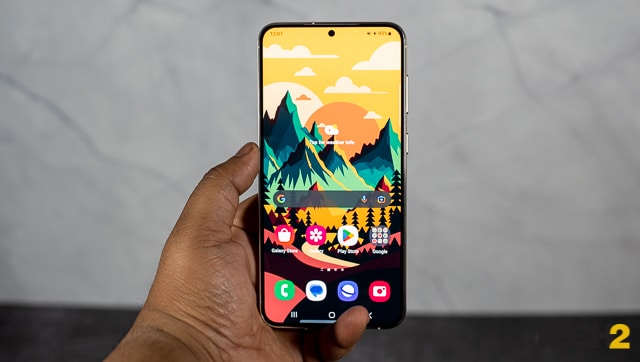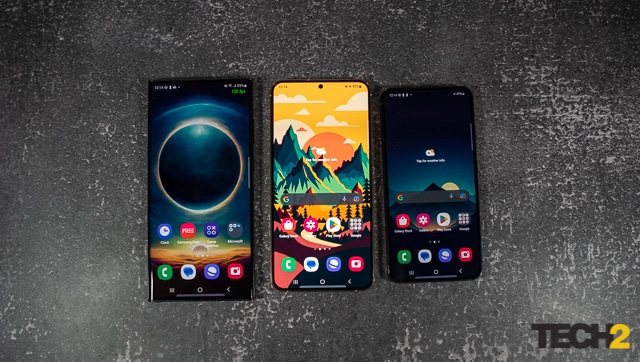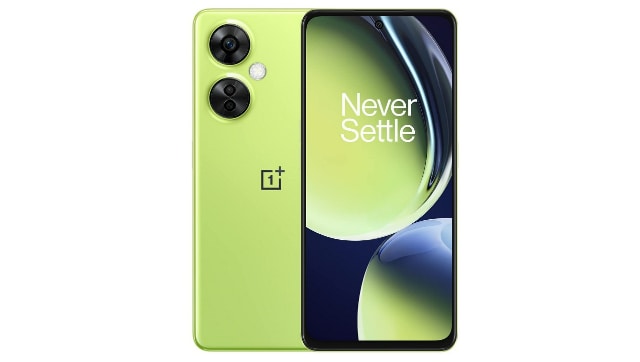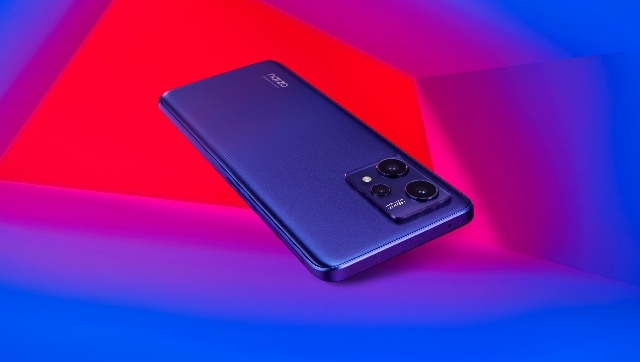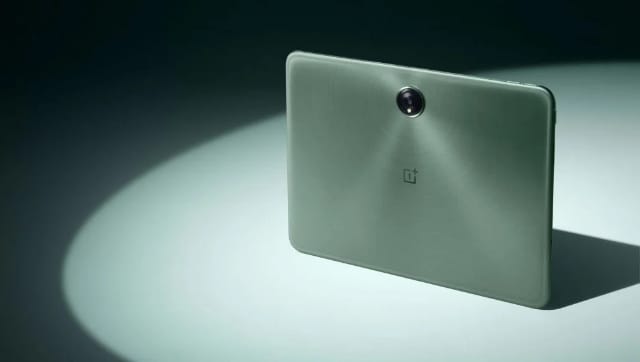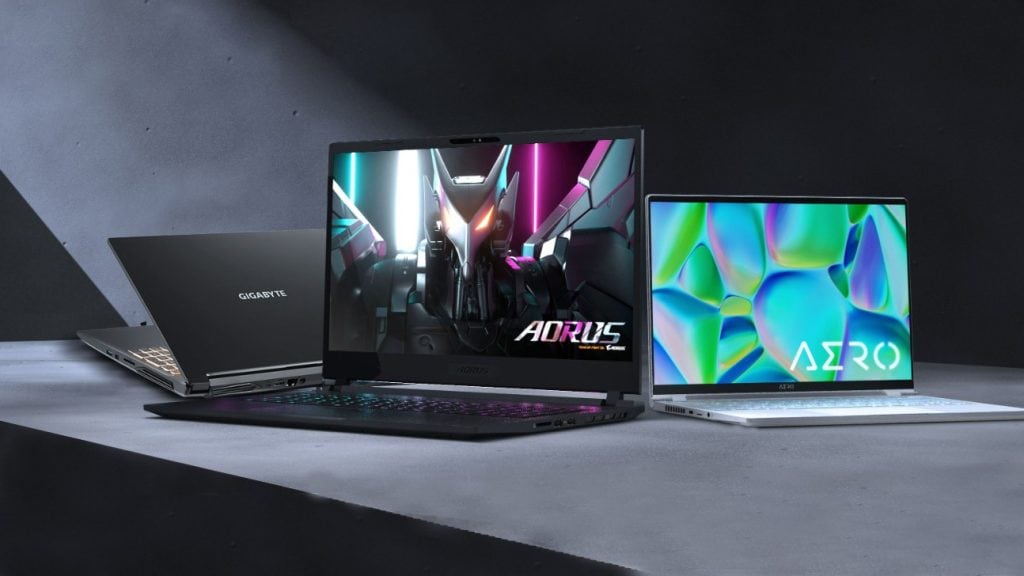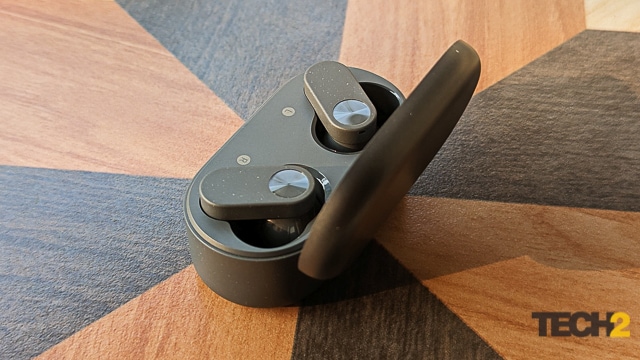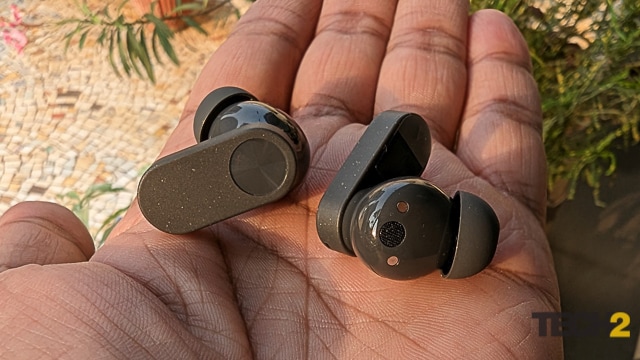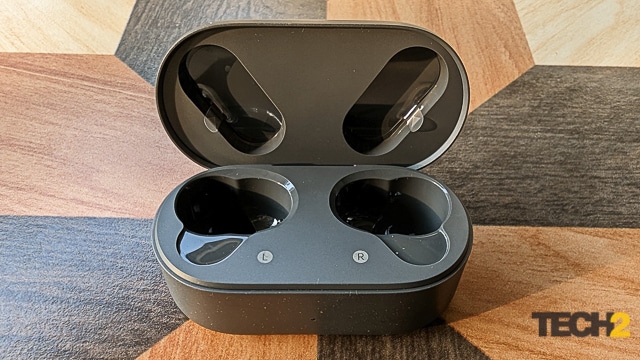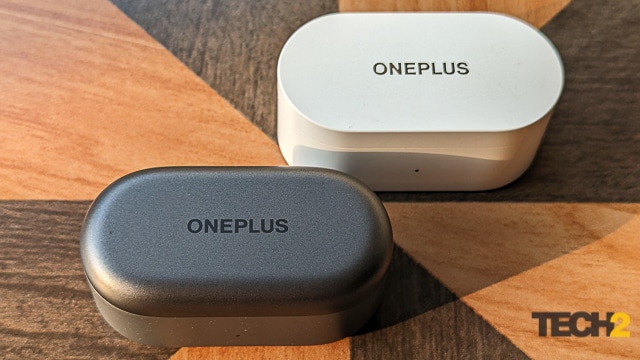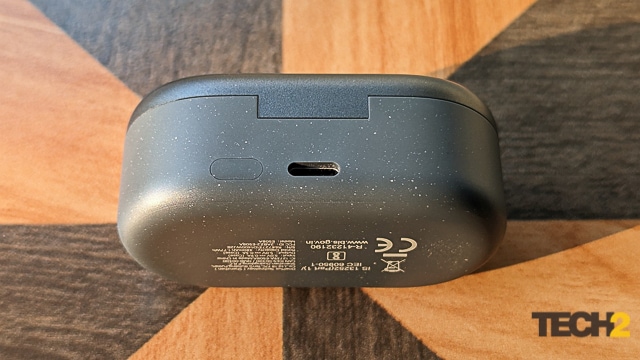Pros
– Excellent battery life
– Aesthetics and design
– Segment only 5 nm-based CPU
– One of the cheapest 5G phones in the market, with 13 bands
– Impressive main camera
– Comes with a 3.5mm jack
Cons
– Single speaker
– No OIS in any of the cameras
– No IP rating
– No charging brick in the box
– Bezels and bottom chin
– Macro and depth cameras don’t do much
Price: Rs 14,990 for the 6GB + 128GB variant
Rating: 4/5
The budget segment of the Indian smartphone industry has always been a very exciting category, with device manufacturers constantly typing to one-up each other with some quirky and nifty offerings. Samsung’s Galaxy M14 5G is one such offering.
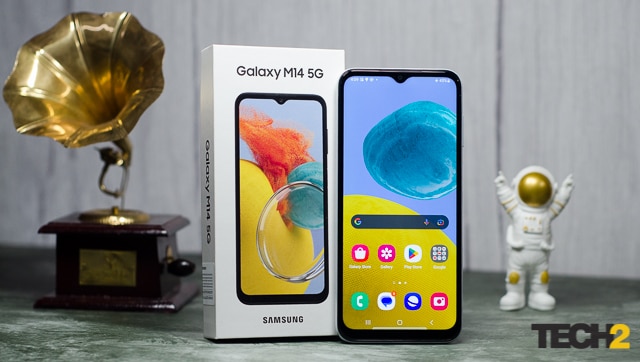
While the device may look like any other budget offering from Samsung may appear simple at first glance, however, it perfectly embodies Samsung’s recent strategy to offer something compelling at every price point. You get some pretty decent specs for the price, an unparalleled battery life, and a pretty impressive main camera – the three most important factors that make a smartphone.
All of this makes the Galaxy M14 5G a pretty impressive, value-for-money option for anyone looking to buy a smartphone that just works, and world really well. Samsung may have focused on the essential factors that make a budget smartphone desirable and checked most of the boxes with the Galaxy M14 5G.
With a price of Rs 14,990 for the top-tier 6GB + 128GB model, which can be obtained for even less after discounts and promotions, this device has the potential to be one of the cheapest 5G smartphones under Rs 15,000. There are also cheaper alternatives, including a 4GB + 128GB variant for a thousand rupees less.
The Galaxy M14 5G boasts impressive features, and solid specifications, and is an excellent option for individuals looking for a phone that can get the job done without too many distractions. So, how does the Galaxy M14 5G perform, and is it worth your hard-earned money?
Samsung Galaxy M14 5G review: The design
The Samsung Galaxy M14 5G has a simple yet elegant appearance. We tested the icy silver colour, which looked particularly stylish due to the glossy back panel made of plastic which has an iridescent effect. Though the glossy finish does attract some fingerprints, the iridescent effect helps to mask them. The device is available in smoky teal, berry blue colours.
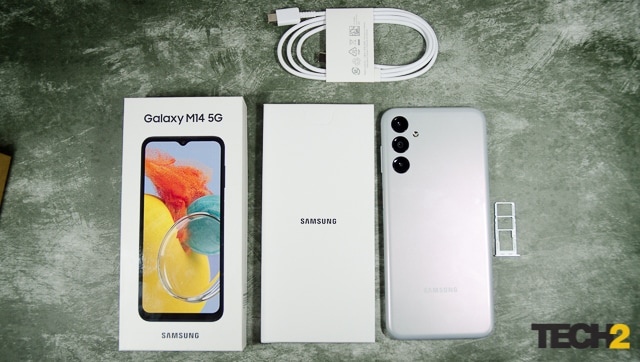
The bezels on the front display particularly the bottom chin are noticeable, which makes the screen appear smaller despite the sizable 6.6-inch display. The front-facing camera is situated behind a teardrop notch. On the right, we have the volume rockers and power button, which also doubles as a fingerprint scanner. The left side has no buttons and houses the SIM tray, which also has a slot for a microSDXC card in addition to two SIM slots.
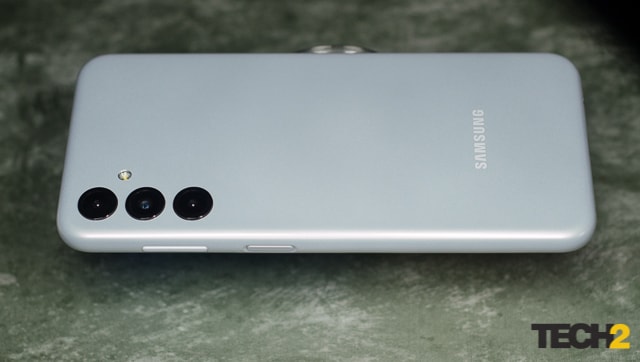
The bottom of the device features a speaker grille that houses one of the speakers and a USB Type-C port. Surprisingly, the device also includes a 3.5mm headphone jack. On the back, there are three vertically-aligned cameras and an LED flash, giving the device a premium and minimalistic appeal from the rear thanks to the absence of a camera island.
Samsung’s recent design philosophy of using the same design language for all devices gives even the budget-friendly Galaxy M14 5G a premium and stylish appearance, similar to its more expensive devices like the Galaxy A34. Of course, there will be some minor variations, a couple of elements removed in the more budget-friendly devices. These elements are typically reserved for more expensive ones, higher up the fiscal food chain.
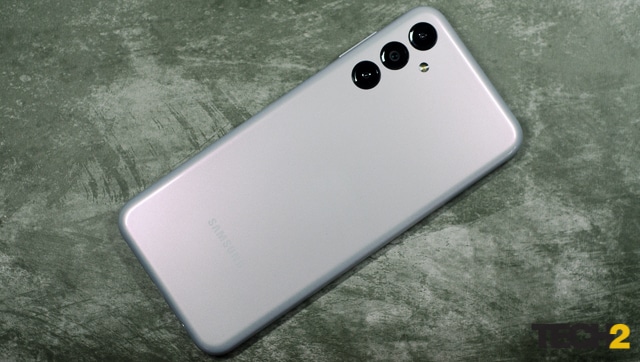
Despite its all-plastic construction, the Samsung Galaxy M14 5G feels solid and built like a tank. That being said, it is light and easy to hold thanks to its curved edges. Overall, the device has a simple and elegant aesthetic, but its lack of an IP rating is a drawback in terms of design and build quality.
Samsung Galaxy M14 5G review: The display
The bezels of the Samsung Galaxy M14 5G may give the impression that the display is subpar, but that’s not the case. The device features a 6.6-inch FHD+ LCD display with a resolution of 1080×2408 pixels, in a 20:9 aspect ratio. The screen has a 90Hz refresh rate, providing a smooth user experience. The refresh rate can be turned down to 60Hz. The display also comes with Corning Gorilla Glass 5.
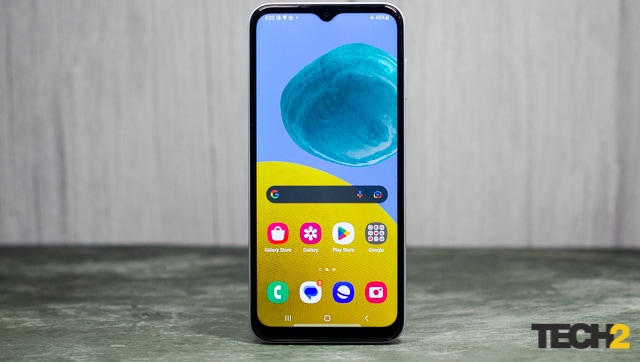
There’s also Eye Comfort Shield which is a useful feature that reduces the amount of blue light emitted by a screen, making it especially helpful at night. It significantly reduces eye strain and promotes faster and better sleep, especially if you have the tendency to scroll through social media just before you sleep.
The Samsung Galaxy M14 5G provides a satisfying viewing experience as the colours are vivid and bold. However, it lacks the option to adjust colour presets in settings for those who prefer a more natural tone. On a positive note, the device supports Widevine L1, which enables users to stream Netflix movies and TV shows in 1080p quality.
In most scenarios like casual gaming, content viewing, and browsing social media indoors, the display of the Galaxy M14 functions smoothly. However, in direct sunlight, the screen may appear slightly washed out.
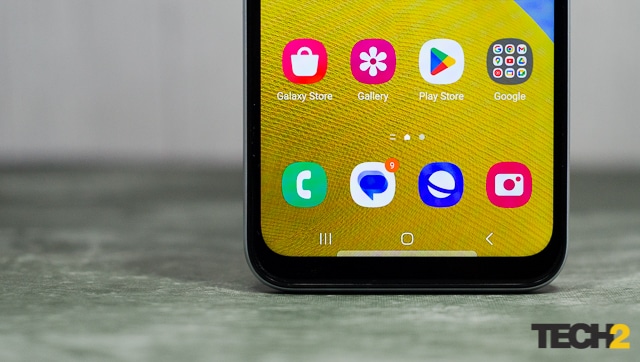
Despite being an LCD panel, the display is satisfactory for the majority of users. Like other Samsung devices, the screen is clear and vivid, and unless you’re familiar with AMOLED displays, you won’t detect a significant contrast ratio or black level difference. Users who are used to LCD panels on other phones will appreciate the refinement and saturation of the Galaxy M14 5G’s display.
Samsung Galaxy M14 5G review: The camera
Although the Samsung Galaxy M14 5G has a triple camera setup at the rear, only the main camera with its 50MP sensor and an f1.8 lens are worth talking about. The other two cameras are 2MP each, one for macro and the other for depth. At the front, we have a 13MP camera for taking selfies.

The primary camera of the device is equipped with PDAF (Phase Detection Auto Focus) and captures impressive pictures, especially in well-lit conditions. The photos are rich and sharp, displaying plenty of details. However, in certain situations with suboptimal lighting, the pictures may appear over-processed. While the dynamic range is satisfactory, we believe that Samsung can further enhance it with an optimized camera update.
In low-light conditions, the camera struggles and the images tend to be more grainy, but still usable. The Night mode does improve the picture quality to some extent, but the photos are noticeably processed. Also, the camera is slower when capturing pictures in Night mode compared to normal shooting settings. Nevertheless, this is a common issue with most smartphones in this price range.
If you want to capture photos with a pleasing bokeh effect, you can use portrait mode and carefully focus on the subject. The camera also offers various filters for those who enjoy experimenting with their pictures. The main 50MP camera bins its shot to 12MP by default, so do keep that in mind.
The front-facing camera is a 13MP sensor, and it delivers decent results considering the price of the device. The fixed-focus camera captures plenty of details, and the colours are accurate. However, the camera has a tendency to overexpose the face slightly to brighten it up, which is a common issue with most smartphones in this price category.
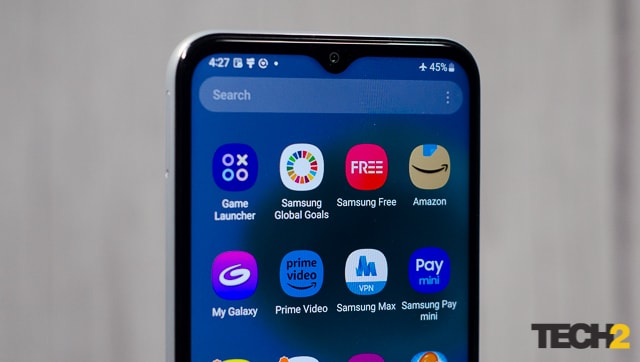
When it comes to video recording, the Samsung Galaxy M14 5G can shoot 1080p videos at 30 frames per second on both the 50MP main sensor and the front camera. However, the electronic image stabilization (EIS) is not very effective.
Samsung Galaxy M14 5G review: The performance, software experience and UI
Equipped with an octa-core Exynos 1330 CPU and a Mali-G68 MC4 GPU, the Samsung Galaxy M14 is a capable smartphone that delivers snappy performance for day-to-day tasks. Our test unit had 6GB RAM and 128GB of internal storage, expandable up to 1TB via a microSDXC card. The Galaxy M14 is the only device in its segment to feature a 5nm CPU.
Additionally, Samsung’s RAM Plus allows for an additional 6GB of physical memory. While the device’s benchmark scores are not record-breaking, it performed well in our day-to-day usage, even during intense gaming sessions and multitasking.
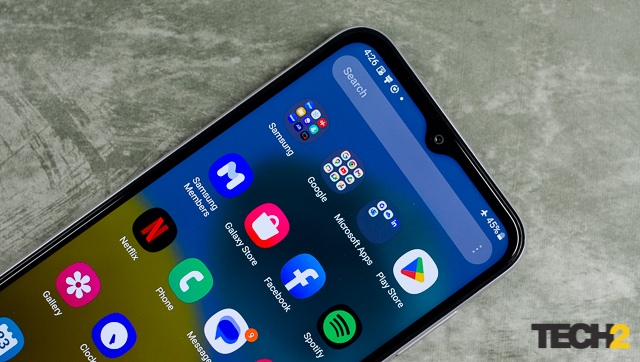
The Samsung Galaxy M14 handled lighter games like Alto’s Odyssey smoothly and could even manage more demanding games like Asphalt 9 and Call of Duty Mobile at 60fps, albeit with low graphics settings. The device runs on OneUI 5.1, based on Android 13, straight out of the box, offering users the latest Android features. The OneUI 5 interface is well-designed, and we particularly enjoyed the Voice Focus feature, which cancels out background noise during phone calls.
The Samsung Galaxy M14 does come with some bloatware in the form of Samsung’s own apps, which at this pricepoint is expected, and somewhat acceptable to a certain degree. The connectivity options that we get are impressive. The device has WiFi, Bluetooth 5.2, and a USB Type-C 2.0 port, as well as a 3.5mm headphone jack. However, the device’s mono speaker at the bottom and lack of speakers at the top may disappoint some users when consuming content or gaming without headphones.
The Samsung Galaxy M14 supports both SA and NSA bands, with a total of 13 5G bands, covering the most popular 5G frequencies. During our 5G tests, we were able to easily achieve 450Mbps at a distance of 500 meters from a tower.
Samsung Galaxy M14 5G review: The battery life
The battery life of the Galaxy M14 impressed us, and we have only positive things to say about it. With a 6000mAh battery and an LCD panel and a relatively undemanding CPU, the battery life is quite impressive. At 70 per cent brightness, the screen on time easily surpasses 10-12 hours, while the usage time exceeds 14 hours. Samsung claims that the battery can last for two days on a single charge, and our testing confirmed this.
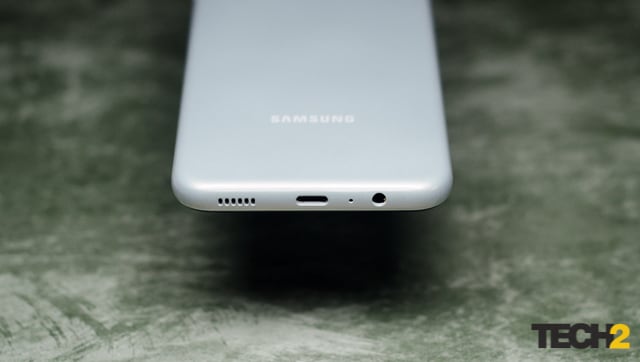
While the Galaxy M14 supports 25W wired charging, it does not come with a charging brick, only a USB-C to USB-C cable. This is surprising at this price point, considering that other budget smartphones support much faster charging times, and, also come with a compatible charging brick.
Samsung should have at least provided a USB-A to USB-C cable. Having said that we, have to say that we are overall thoroughly impressed by the battery life was consistently good throughout our testing, and we typically had around 30-35% battery remaining at the end of the day.
Samsung Galaxy M14 5G review: The verdict
The Samsung Galaxy M14 is an excellent choice for budget-conscious consumers who want a 5G smartphone from a reputable brand. Despite being priced at less than Rs 15,000, the device offers many features that make it a good value for the money.
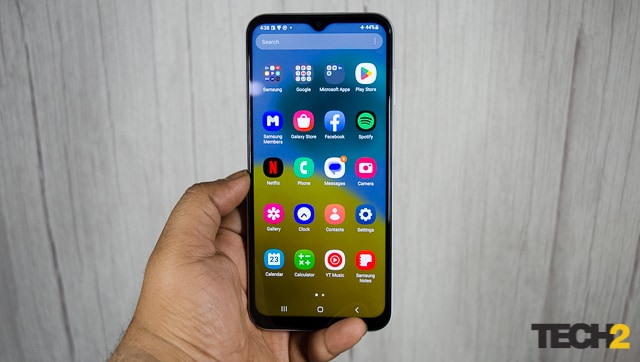
While other manufacturers may offer more features and slightly better hardware at this price point, they are marred by quality issues and often have poor after-sales service.
One of the standout features of the Galaxy M14 is Samsung’s commitment to providing two years of Android OS updates and four years of security updates. The device’s performance is also quite solid, and most users won’t encounter any issues unless they are pro gamers or ultra-heavy users.
Overall, the Samsung Galaxy M14 is a reliable and affordable smartphone that we confidently recommend to anyone looking for a trustworthy brand that has been around for decades.
from Firstpost Tech Latest News https://ift.tt/C69JTcl

